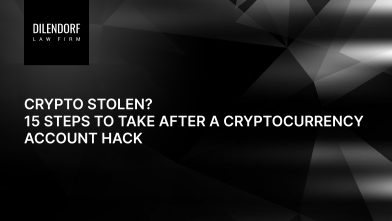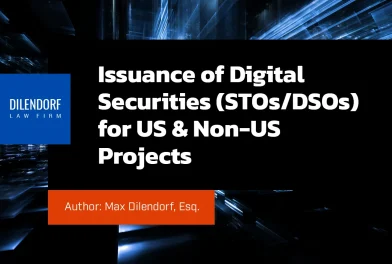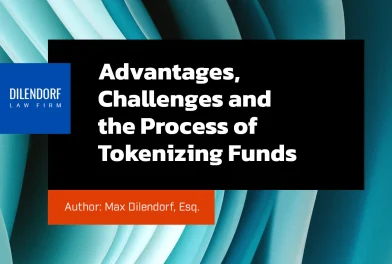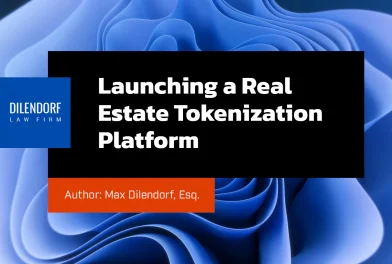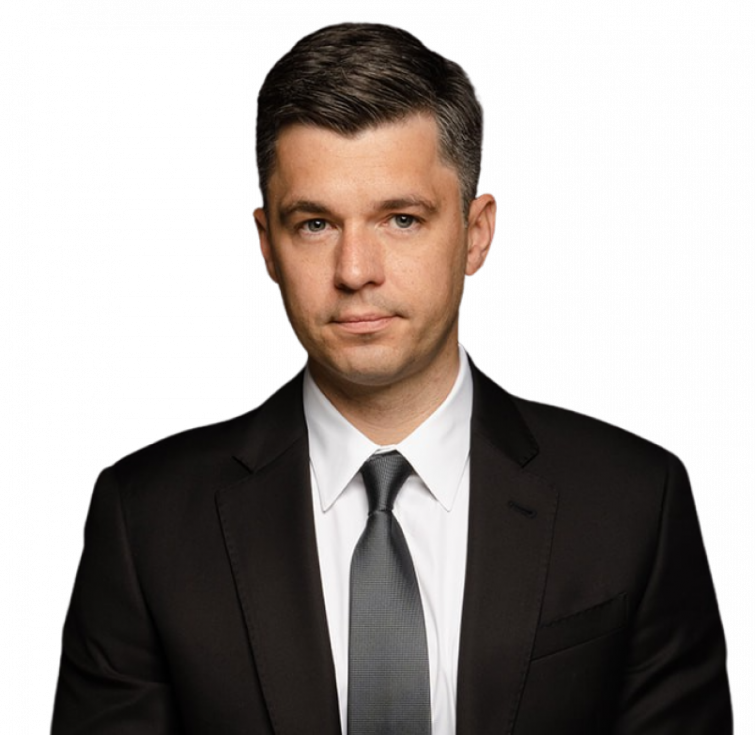Can a piece of physical art be a security?
You can also download this article in PDF format here.
If yes, then what about NFTs?
These questions may seem like a modern-day dilemma, prompted by the recent explosion of NFT art sales, but this topic has been debated by legal scholars for the past several decades. However, the rise of tokenized digital art, known as non-fungible tokens (NFTs), pushed it back into the forefront.
In her 1981 article published in Fordham’s Urban Law Journal, the late attorney and law professor Maureen Holm offered tremendous insight when she broke down the arguments about aesthetics. In her scholarly article entitled “The Art Investment Contract: Application of Securities Law to Art Purchases”, Holm uses numerous examples of legal precedent and responses from the Securities and Exchange Commission (SEC). Her legal opinions related to installment sales, resale, and the repurchase of artwork, make the article just as pertinent to discussions about today’s NFT marketplace as any legal argument before the agency today.
Why is this topic so important?
Sales of NFTs this year have already exceeded $2.5 billion. Based on past experience, we know that wherever financial innovation goes, the SEC is bound to follow.
Many participants in the DeFi space liken NFT investing to art collecting and balk at the concept of regulating it like a security, but just as Holm’s article did 40 years ago, legitimate questions can be raised about the intentions of NFT buyers.
Some examples include:
- When reviewing the SEC’s investor protection rules, it seems clear that selling digital shares of artwork (in this case known as fractional non-fungible tokens, or f-NFTs), amounts to trading in securities. These include the Securities Exchange Act of 1934, The Securities Act of 1933, and the Howey Test, which determines whether a transaction should be considered an “investment contract” [U.S. Supreme Court in SEC v. W.J. Howey Co, 1946]. According to Howey, this occurs when an investor invests money “in a common enterprise and is led to expect profits solely from the efforts of the promoter or a third party.”
- The NFT marketplace also makes use of secondary markets for resale in order to promote the appreciative value of these investments to the broader online community – another characteristic that casts doubt on the notion that NFT buyers are buying these digital tokens for their aesthetic value. For the sake of comparison, SEC issued a no action letter to Pocketful of Quarters, pertaining to a blockchain game, explicitly stating that tokens could only be used within the game provided that no secondary market existed for speculation on such tokens. The same logic could be applied to the NFT marketplace.
- According to Investment Clubs and the SEC (SEC.gov), investment clubs must register with the SEC as an investment company under certain conditions, according to the Investment Company Act of 1940. The recent proliferation of online communities that promote the sale of NFTs and f-NFTs would not be excluded, particularly if they make or propose to make a public offering of securities, or have 100+ members. Accordingly, a public web site that suggests it is seeking new members may also be considered a public offering.
When reviewed from a legal perspective, the sale of digital artwork and fractional shares of digital art as investment instruments with the intent of trading them for profit is no different than a public company offering shares of stock. It would follow that the platforms selling NFT art would need to comply with securities laws in much the same way as brokerages, including registration of securities before they are offered for sale, antifraud provisions, and the registration of advisors and traders
Of course it’s possible for NFT not to be a security, but what if the government deems it a security after the purchase and before it is registered with the SEC? Investors should be careful here, because if an investor buys an NFT that is not registered as a security, it becomes illegal to resell it.
The “Canyon” Comparison
A 1959 painting by American pop artist Robert Rauschenberg included a bald eagle affixed to the canvas. “Canyon” was later inherited by a relative, making it subject to estate tax, but the family did not have sufficient financial resources to pay the tax. The only way to raise this money was to sell the painting, which was valued at $65 million, and the taxes were estimated at $29.4 million. However, the 1918 Migratory Bird Treaty Act and the 1940 Bald and Golden Eagle Protection Act prohibited the sale of the painting because it is illegal to sell a bald eagle in any form – dead or alive – in the United States. As a result, the family’s only option was to donate the piece to the Museum of Modern Art.
Other considerations
Beyond the SEC’s regulation of investment contracts and the companies that sell them, other considerations include federal and state anti-money laundering regulations. The Anti-Money Laundering Act of 2020 (AMLA) significantly expands the U.S. government’s authority to implement rules surrounding AML, including new regulations pertaining to decentralized finance.
It is also unlikely that the SEC would accept the “I didn’t know” excuse when it cracks down on NFTs. Most of these investors are young (25-35), educated, many have financial backgrounds and a taste for speculative investing. Not only can they afford to pay for legal consultation; they understand the importance of careful review and due diligence before investing.
Summary
Based on Maureen Holm’s scholarly article (“The Art Investment Contract: Application of Securities Law to Art Purchases”), as well as more recent SEC regulations, the following conclusions can be drawn from trends related to art transactions and investment contracts:
- The reach of the securities law has become exponentially broader through the SEC’s investor protection policies.
- Generally, the courts have sided with the reasoning behind the Howey test, which says the nature of an investment property is irrelevant if the substance of an investment contract exists.
- A pervasive belief that artwork is only exchanged in the context of reverential appreciation for the intrinsic aesthetic may have delayed the regulation of the art market.
- Still, art remains an investment vehicle, which is often traded briskly by businesses in a broad-based marketplace.
- As the legal community recognizes how the substance of an art transaction makes it an investment contract or other form of security, the same investor protections should be in place.
While NFTs and f-NFTs appear to be niche products for digital art enthusiasts, they may not remain that way for long. It is important to think through the possible approach regulators might take in the future and act accordingly. Considering the facts presented above, it is reasonable to assume that the SEC will eventually regulate NFT art as securities.
Resources:
- Understanding Digital Tokens – Lowell Milken Institute
- Rulemaking Regarding Non-Fungible Tokens
- Security Token Offering Research Papers
- Spotlight on Initial Coin Offerings (ICOs) – SEC.gov
- SEC Halts Alleged $1.7 Billion Unregistered Digital Token Offering
- Statement of Cryptocurrencies and Initial Coin Offerings
- Use Caution When Buying Digital Coins or Tokens – CFTC Guide
- Regulation of Cryptocurrency Around the World
- Colorado Digital Token Act
- Token Taxonomy Act of 2019
- Launching a Security Token Offering in Switzerland
- Security Token Offerings STOs are the new ICOs
- Crowdfunding Capital in the Age of Blockchain-Based Tokens
- From Securitization to Tokenization
- Coin-Operated Capitalism – Penn Law: Legal Scholarship
- Implementation of the “Do No Harm” Approach in Initial Coin Offerings
- Sample Offering Statement for Debt Until Security Token Offering
- Proposed Rules to Govern Trading of Equity Securities on Boston Security Token Exchange
- Tokenization of Assets: Why Liechtenstein is Revolutionizing Security Token Offerings?
- H&G Science | Security Token Offering Statement

